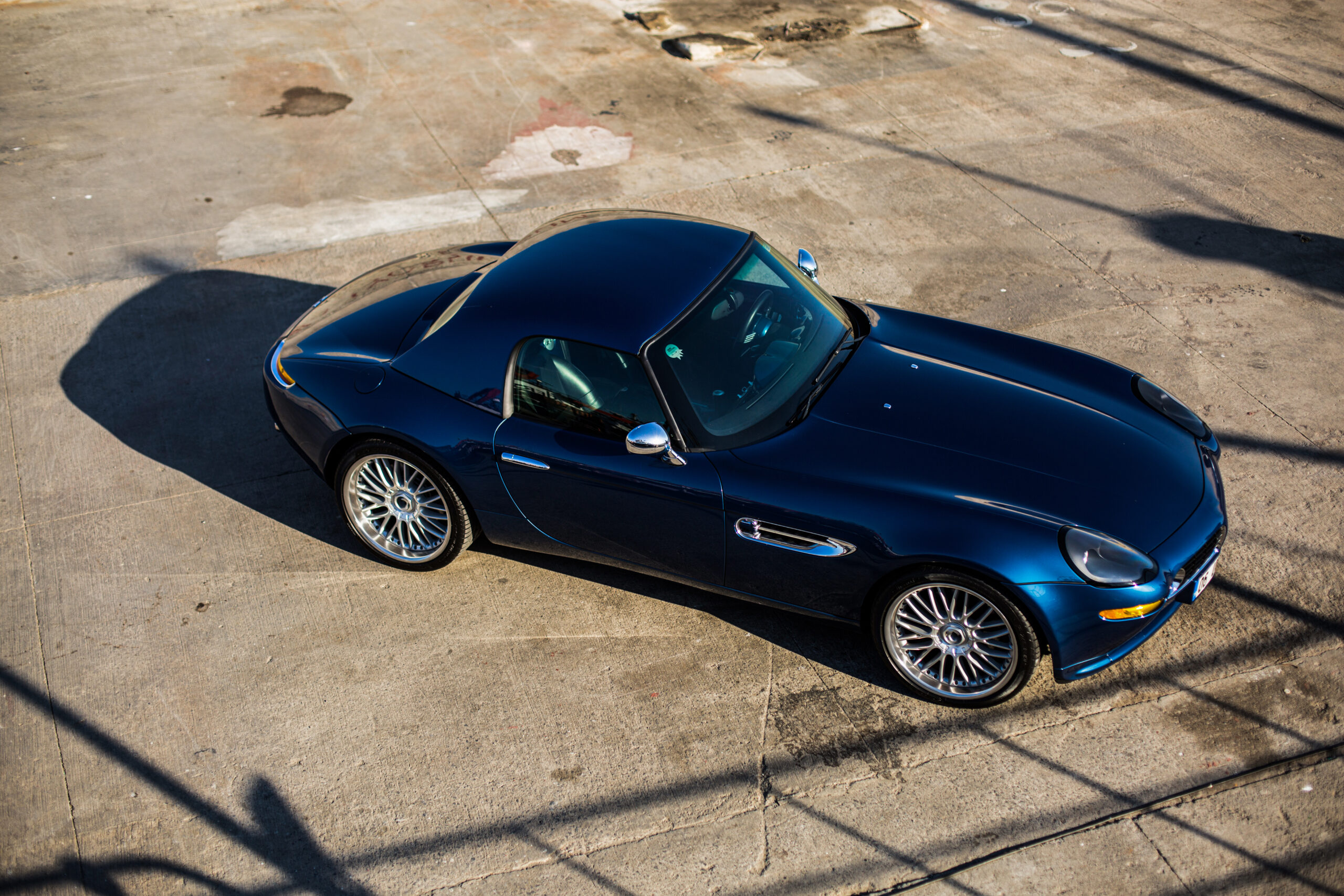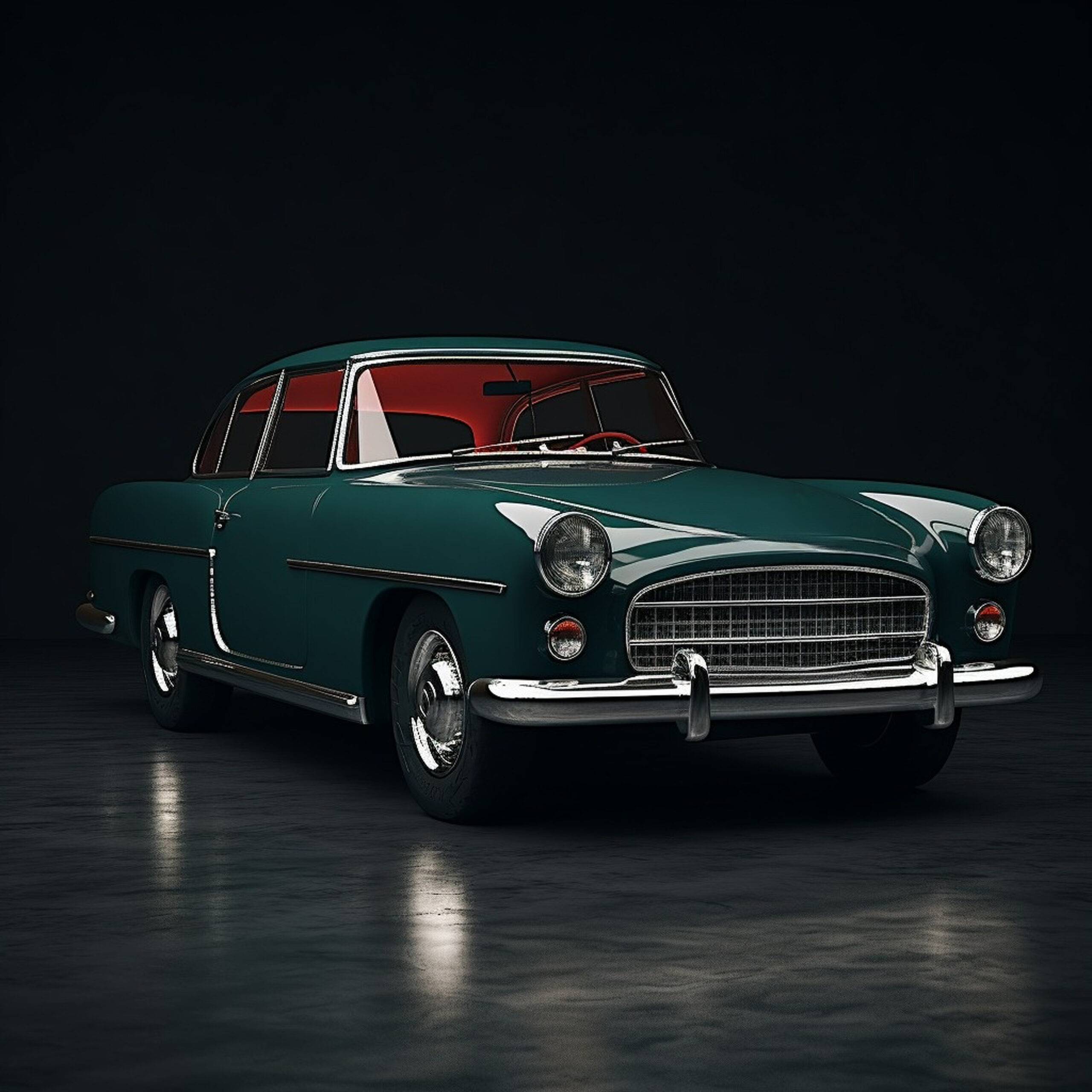The automotive industry has seen many remarkable innovations and iconic vehicles that have left an indelible mark on its history. Classic cars not only symbolize style and engineering excellence but also represent cultural movements and technological advancements. Here’s a look at ten classic cars that have significantly shaped the automotive landscape.
10 Best classic cars in Automotive Industry
Here are the 10 best classic cars in Automotive Industry:
-
Toyota Corolla (1966-Present)
Introduced in 1966, the Toyota Corolla is a global automotive success story. It is one of the best-selling cars in history, known for its reliability, affordability, and fuel efficiency. The Corolla’s impact on the automotive industry is significant, demonstrating the importance of producing practical and economical vehicles for a diverse consumer base.
-
Chevrolet Corvette (1953-Present)
The Chevrolet Corvette, introduced in 1953, is an American sports car icon. Known for its sleek design and powerful performance, the Corvette has evolved through several generations while maintaining its status as a symbol of American automotive engineering. Its introduction of fiberglass body panels and a focus on performance influenced the design of future sports cars.
-
Volkswagen Beetle (1938-2003)
The Volkswagen Beetle, originally designed as the “people’s car,” became one of the best-selling cars in history. Its unique shape and economical performance made it a cultural icon during the 1960s. The Beetle played a pivotal role in introducing small, efficient cars to the mass market, influencing automotive design and marketing strategies worldwide.
-
Porsche 911 (1964-Present)
Since its launch in 1964, the Porsche 911 has become a benchmark for sports cars. With its distinctive design and rear-engine layout, the 911 is renowned for its performance, handling, and reliability. Its success on the racetrack and in the consumer market has influenced countless sports car designs and set standards for engineering excellence.
-
Jaguar E-Type (1961-1975)
The Jaguar E-Type, often celebrated for its stunning design and performance, was introduced in 1961. Enzo Ferrari famously called it “the most beautiful car ever made.” The E-Type’s combination of beauty, speed, and affordability challenged the luxury sports car market and solidified Jaguar’s reputation as a leading manufacturer of performance vehicles.

-
Ford Model T (1908-1927)
Often referred to as the car that put America on wheels, the Ford Model T revolutionized the automotive industry. It was the first mass-produced automobile, thanks to Henry Ford’s assembly line production techniques. The Model T made car ownership accessible to the average American, transforming transportation and paving the way for future vehicles.
-
Dodge Charger (1966-Present)
The Dodge Charger made its debut in 1966 and quickly became a symbol of American muscle cars. Its aggressive design and powerful engines made it a favorite among car enthusiasts. The Charger not only influenced the muscle car era but also set a standard for performance and style that many manufacturers still aspire to today.
-
Mercedes-Benz 300SL (1952-1963)
The Mercedes-Benz 300SL, known for its iconic gullwing doors, debuted in 1952 and is often considered the world’s first supercar. With its lightweight design and powerful engine, it set new standards for performance and luxury. The 300SL’s engineering excellence has inspired generations of sports cars, solidifying Mercedes-Benz’s status as a luxury brand.
-
Ford Mustang (1964-Present)
The Ford Mustang, introduced in 1964, sparked the pony car revolution. Its combination of performance, style, and affordability resonated with a generation, making it a cultural icon. The Mustang set a precedent for American car culture, influencing design trends and marketing strategies in the automotive industry.
-
Lamborghini Miura (1966-1973)
The Lamborghini Miura is often credited with establishing the blueprint for modern supercars. Launched in 1966, it featured a mid-engine layout and stunning design, setting a new standard for performance and aesthetics. The Miura’s influence can be seen in countless supercars that followed, reinforcing Lamborghini’s position as a leader in high-performance vehicles.
Conclusion
Classic cars are more than just machines; they represent pivotal moments in automotive history. From the mass production revolution of the Ford Model T to the luxurious performance of the Lamborghini Miura, these vehicles have shaped the industry in profound ways. As we continue to innovate and evolve, the legacy of these classic cars remains a testament to human ingenuity and passion for driving. Each of these models has left a lasting impact, influencing design, technology, and culture in the automotive world.
